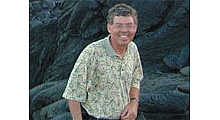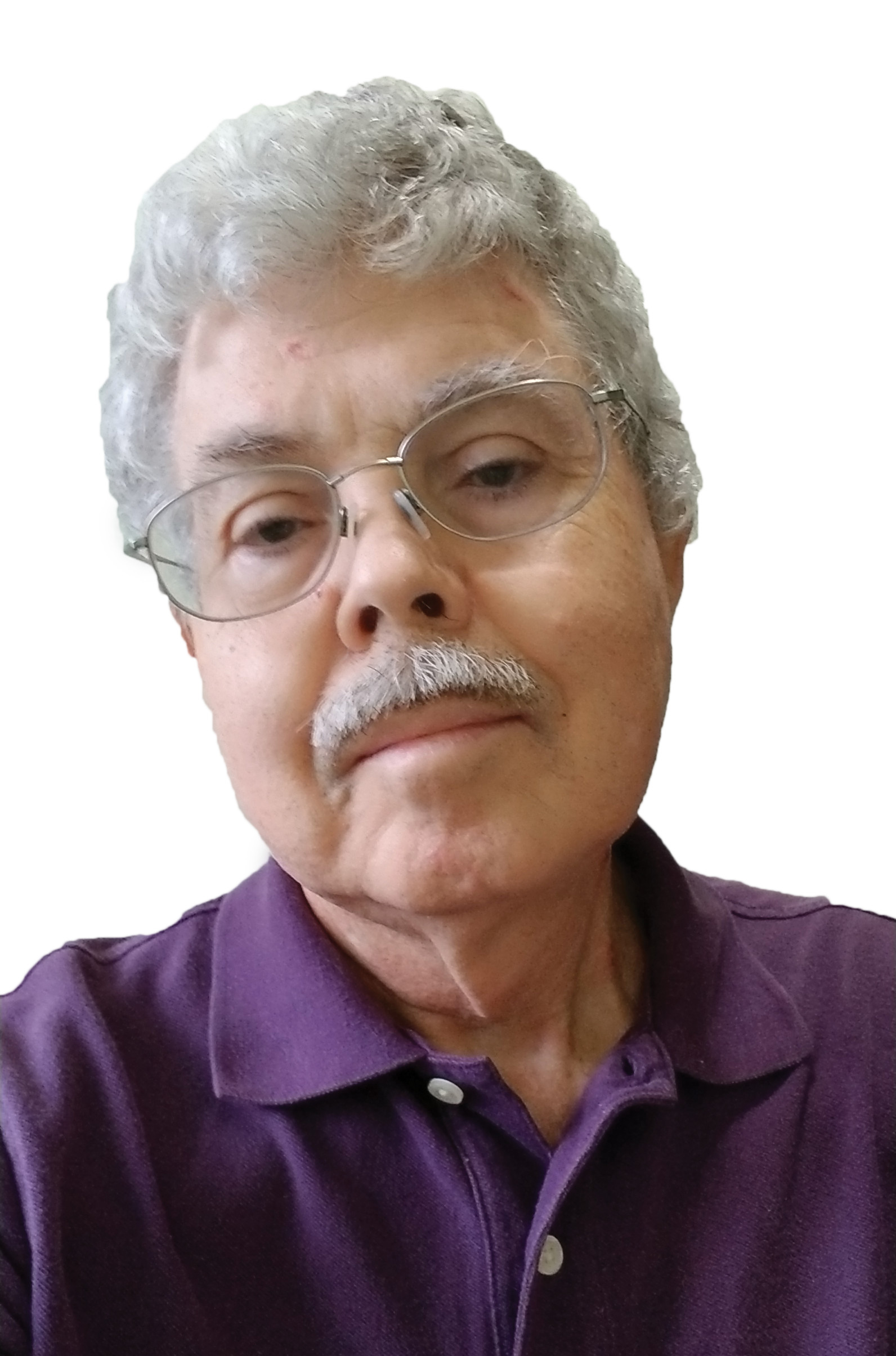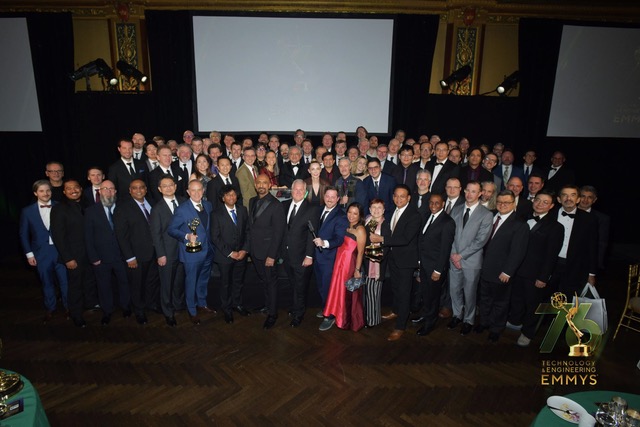FCC Grants STA for L.A. Spectrum Sharing
The FCC has granted a request from the licensees of KLCS and KJLA for special temporary authority to implement the Channel Sharing Pilot trial announced last week by the stations and CTIA-The Wireless Association.
The FCC document states that the trial will include “Technical feasibility testing for multiplexing of signals on a single bitstream off-air involving a variety of content combinations (for example, multiple HD streams, as well as HD and SD streams)“ and “transmission in the H.264 video compression format in addition to the standard MPEG-2 format.”

Doug Lung (Many newer TV sets include the ability to decode H.264 video from the Internet and it will be interesting to see how well this works with off-air broadcasts.)
One of the issues broadcasters wanting to share channels will face is in modifying the PSIP tables so that each station operating on a shared channel has its own major and minor channel numbers. Different sets may handle two different major channels on one transport stream differently. One portion of the trial will include “The development of reliable methodologies for modifying the Program and System Information Protocol information to limit consumer disruption and ensure reliable data during over-the-air testing.”
The FCC letter says the stations will test channel sharing by using a variety of configurations with replication “during off-peak hours” and states that “KLCS will continue to transmit its unaltered signal with all of its broadcast streams pursuant to its licensed operating parameters.”
While the signal may be “unaltered,” I would expect a reduction in bitrate devoted to KLCS programming when KJLA is sharing the channel, although as I noted last week, KLCS is currently transmitting four streams in standard definition, so it likely isn't using its full 19.39 Mbps bandwidth now.
The FCC letter addresses the bit rate reduction noting: “Both licensees state that, during each phase of the trial, the stations will monitor performance of the pilot through a study of their actual video bitstreams, and will attempt a variety of video feeds (for example, multiple HDTV streams, multiple HDTV streams plus additional SDTV streams, etc.) to ascertain the feasibility of channel sharing between two unaffiliated broadcast stations. Before proceeding to each successive phase of testing, the stations will agree that any video degradation occurring will be within acceptable bounds.”
The stations will experiment with statistical multiplexing to improve the broadcast picture quality and they will capture video and audio data during testing to allow analysis of the effects of channel sharing on video and audio quality.
The STA includes these conditions:
• A report is to be filed with each application for renewal of the authorization, containing the required information required under FCC Rules Section 5.207 and any other relevant information deemed appropriate by licensees. Also, if any “unusual problems or conditions arise during the authorization period, the licensees shall inform the Commission of them at the time they occur.”
• Consistent with the FCC’s rules pertaining to channel sharing and the reverse auction, Channel 41 is to be separately licensed to KLCS and KJLA during the experiment, with each station “separately subject to all of the Commission's obligations, rules, and policies. 47 C.F.R. § 73.7300(a), (b)(4). And as KLCS operates under a non-commercial educational NCE licensee, it’s prohibited from transmitting advertisements on its portion of the shared channel. Any ads broadcast on the shared channel during the experiment shall be confined to KJLA’s portion.
• Upon notification to the FCC, the experiment can be terminated at any time.
• During the experiment, KJLA may operate on KLCS digital streams to the extent necessary for conducting the test.
• The FCC requires that a report “of the research, experimentation, and results, showing both positive and/or negative aspects of this experiment, shall be submitted to the Commission” within six months after the date of the original letter of authorization and “at the conclusion of this experimental operation should this authorization be renewed.”
• All experimental operations shall comply with the provisions of FCC radio frequency radiation rules.
The STA for the experiment expires six months after the Feb. 4, 2014 grant date.
Dennis Wharton, the NAB’s executive vice president of communication, released the following statement on the channel sharing pilot project:
“We look forward to any new information arising from this pilot program. The industry already has a good deal of technical experience with channel sharing, as many stations multicast today, which is channel sharing under another banner. On a technical level, one of the main challenges to channel sharing concerns the ability of the sharers to offer new and innovative services as they are limiting their available spectrum. On the business side, there are difficult contractual provisions that would need to be addressed. We will continue to work with any interested parties to make the process as simple as possible should stations seek to go this route.”
For additional information, see FCC letter DA 14-129 to Sabrina Thomas, KLCS general manager, Francis Wilkinson, vice president and general manager of KJLA, and Scott Bergmann, vice president of regulatory affairs at CTIA-The Wireless Association.
The professional video industry's #1 source for news, trends and product and tech information. Sign up below.

Doug Lung is one of America's foremost authorities on broadcast RF technology. As vice president of Broadcast Technology for NBCUniversal Local, H. Douglas Lung leads NBC and Telemundo-owned stations’ RF and transmission affairs, including microwave, radars, satellite uplinks, and FCC technical filings. Beginning his career in 1976 at KSCI in Los Angeles, Lung has nearly 50 years of experience in broadcast television engineering. Beginning in 1985, he led the engineering department for what was to become the Telemundo network and station group, assisting in the design, construction and installation of the company’s broadcast and cable facilities. Other projects include work on the launch of Hawaii’s first UHF TV station, the rollout and testing of the ATSC mobile-handheld standard, and software development related to the incentive auction TV spectrum repack. A longtime columnist for TV Technology, Doug is also a regular contributor to IEEE Broadcast Technology. He is the recipient of the 2023 NAB Television Engineering Award. He also received a Tech Leadership Award from TV Tech publisher Future plc in 2021 and is a member of the IEEE Broadcast Technology Society and the Society of Broadcast Engineers.
